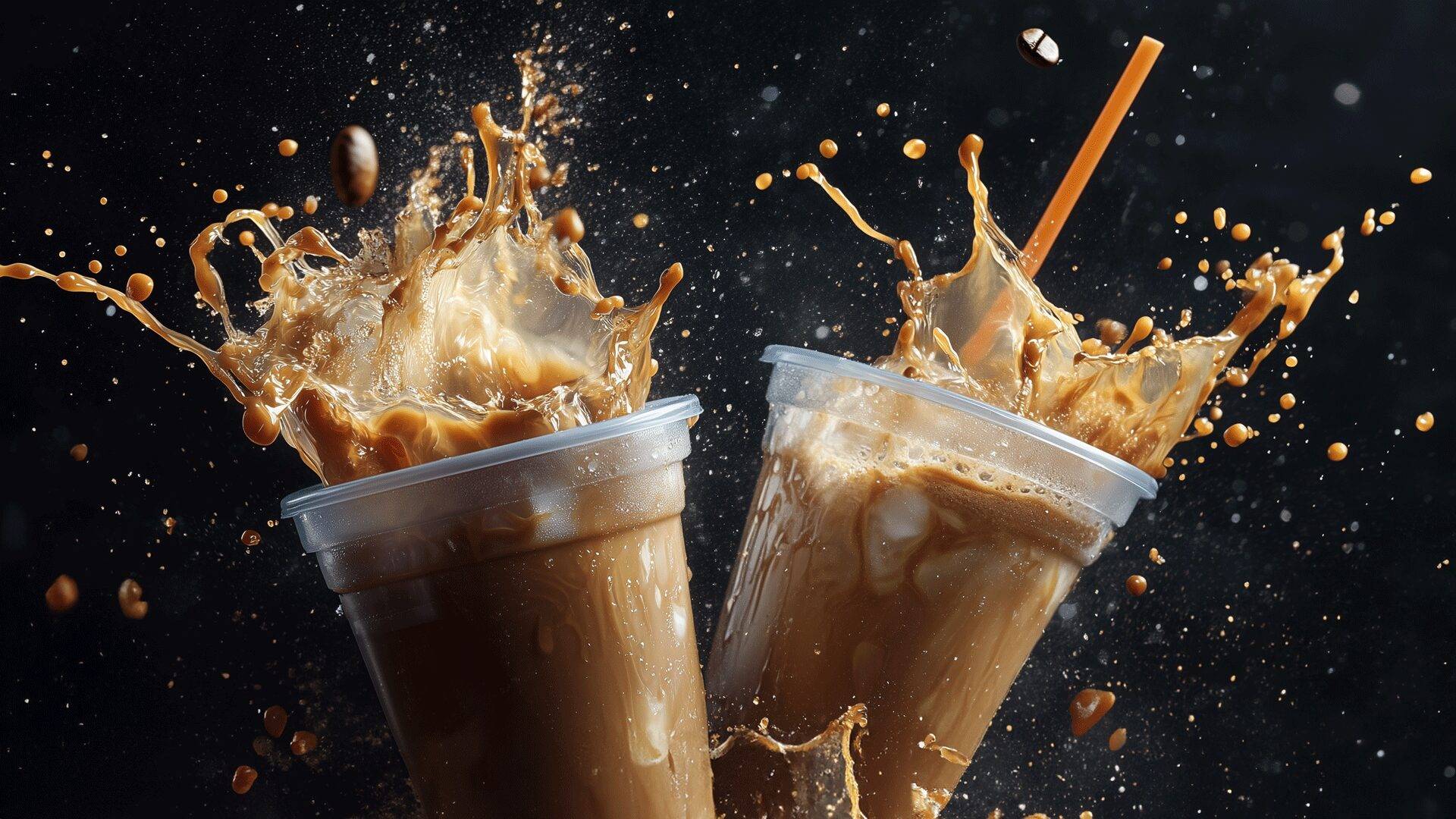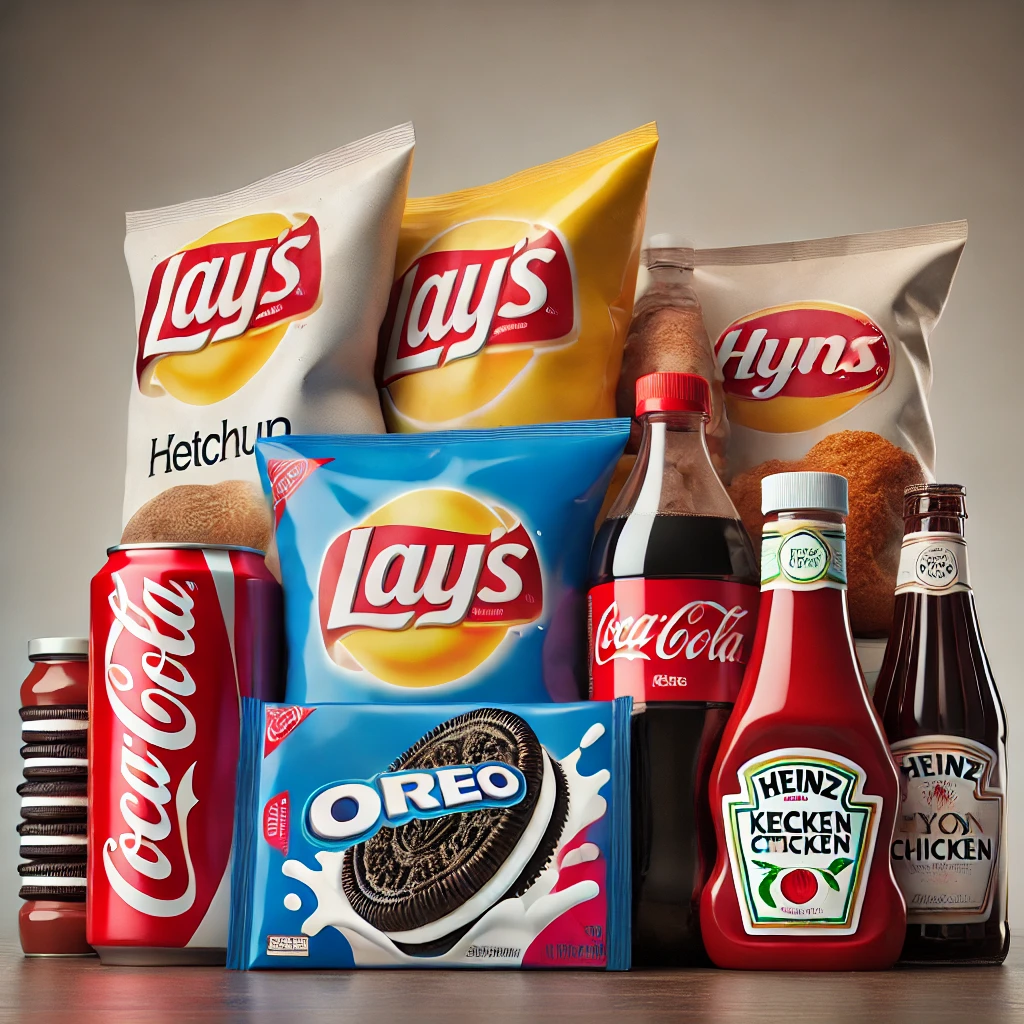The American coffee market is hotter than ever—and it’s not just happening in big cities. Across the country, small towns have become the unexpected battleground for a fierce competition among coffee giants and regional newcomers, all vying for the attention of caffeine lovers. With traditional coffee spots being joined by new chains serving sugary, elaborate beverages, the landscape is evolving fast. This expansion is fueled by changing consumer tastes, the rise of iced and energy drinks, and a focus on convenience. Here’s a closer look at how America’s coffee culture is reshaping itself in unexpected places.
The Rise of Coffee Culture in Small Town America
For decades, big cities were the epicenter of coffee culture, but recent years have seen coffee chains and independent shops rapidly expanding into small towns and rural communities. Once known more for oil rigs and high school football than for cappuccinos, towns like Odessa, Texas, have experienced a coffee boom. A recent New York Times article highlighted that Odessa has gone from 17 coffee shops and tea spots six years ago to an impressive 55 today.
This is a trend seen across the United States. Small towns are attracting major coffee players, including Starbucks, Dutch Bros, and newer contenders like 7 Brew Coffee. Local leaders, like Odessa’s mayor Javier Joven, recognize the pattern, describing it as a surge in “the three C’s: Carwashes, Chicken places, and Coffee shops.”
Why Small Towns?
The appeal of small towns for coffee chains is multifaceted. For one, real estate costs are often lower than in urban centers, allowing coffee companies to establish multiple locations without prohibitive overhead. Additionally, with fewer dining and entertainment options, coffee shops in smaller towns often become social hubs, drawing in regular customers who use these spots as meeting points.
Moreover, as larger chains saturate urban markets, they’re turning to underserved areas to continue growing. Small-town America is proving to be fertile ground for this kind of expansion, driven in part by a cultural shift in these communities toward a more diverse food and drink scene.
From Espresso to Energy Drinks: How Consumer Preferences Are Driving Change
While a traditional cup of black coffee still has its dedicated fans, today’s coffee drinkers are showing a strong preference for more elaborate, Instagram-ready beverages. Millennials and Gen Z consumers, in particular, have helped fuel the popularity of iced and flavored drinks, often packed with whipped cream, syrups, and unconventional flavors. These drinks dominate social media feeds and generate buzz, making them marketing gold for brands.
The Power of Instagram and Social Media
Social media platforms like Instagram and TikTok have transformed coffee drinking into an experience that’s as visual as it is flavorful. Brightly colored frappés, caramel-drizzled macchiatos, and pumpkin spice lattes have become iconic on these platforms, making them aspirational products for younger consumers who share pictures of their drinks online. This visibility has encouraged coffee chains to invest heavily in new iced and specialty beverages, which, in turn, attract a broader audience beyond the traditional coffee crowd.
The Shift from Hot Coffee to Cold Beverages
Surprisingly, cold drinks are now outpacing hot coffee in popularity, even at brands long associated with classic brews. Starbucks, for instance, has seen iced beverages become its fastest-growing segment. With a wide range of options like the Pink Drink, iced cold brews, and seasonal offerings, the chain has shifted much of its focus to cater to these trends. Dunkin’ has also followed suit, with a strong emphasis on iced and frozen drinks that appeal to younger customers.
Notably, this shift in preferences is also leading to declining sales in traditional coffee formats. Starbucks, with 16,000 U.S. locations, has faced revenue declines in recent quarters, which some analysts attribute to its struggle to keep up with fast-evolving consumer tastes.
Drive-Thrus: The New Battlefield for Coffee Chains
In a post-pandemic world, convenience has become king. Drive-thru models are increasingly central to the strategy of major coffee chains, especially in regions where car culture is dominant. The convenience of drive-thru service not only attracts busy customers but also enables chains to maintain steady foot traffic without requiring customers to linger indoors.
The Importance of Real Estate in the Coffee War
Location has always been crucial in the restaurant industry, but it’s even more so for coffee chains. Drive-thru-friendly spots in high-traffic areas, such as the “end caps” of shopping centers, are in high demand. Dutch Bros and 7 Brew Coffee, in particular, are seizing these prime locations to compete head-to-head with fast food outlets. This strategic use of real estate is essential in towns where the drive-thru culture aligns with busy lifestyles and long commutes.
The model has proven effective: Dutch Bros has seen rapid growth by focusing on smaller towns and cities with its drive-thru-only model, offering both convenience and consistency. Meanwhile, Scooter’s Coffee, based in Nebraska, has also expanded significantly with almost 800 locations, many of which rely on drive-thru service to keep lines moving and cater to customers’ busy schedules.
Coffee Chain Growth: Who’s Winning?
While Starbucks remains the giant in the coffee industry, regional chains are growing rapidly, using focused strategies and local appeal to win market share. Newcomers like 7 Brew Coffee are rapidly expanding, with a strong focus on iced and blended beverages that cater to social media-savvy customers. Dutch Bros, based in Oregon, has also taken advantage of the drive-thru trend and focuses on a streamlined menu that resonates with customers looking for quick and easy options.
Regional Chains Are Thriving
Regional coffee chains are seizing opportunities in underserved areas, creating a stronghold in places previously untouched by larger brands. Ziggi’s Coffee, a Colorado-based chain, has grown to nearly 100 locations, and with its localized approach, it has successfully tapped into a new customer base. By staying close to their roots and emphasizing quality over quantity, these chains are carving out their own niches and gaining loyal customers.
The Future of the Coffee Market: Sustainability, Specialty, and Possible Over-Saturation
As the competition heats up, the coffee market is likely to see a few key trends emerge. First, sustainability has become an increasingly important factor. From recyclable cups to ethically sourced beans, brands that adopt eco-friendly practices may have a competitive edge, particularly with environmentally conscious customers.
The Specialty Coffee Niche
With so many chains competing on a national level, some coffee brands are finding success by catering to niche markets. Specialty coffee, often with a focus on artisan techniques and unique flavor profiles, is growing in popularity. Shops that focus on single-origin beans, hand-crafted brewing methods, or unique menu items offer a distinct alternative to the mass-market offerings of larger chains. This focus on quality over quantity may become a key differentiator for smaller, independent shops and niche chains.
Can the Market Support So Many Players?
With coffee shops popping up on every corner, the market may face a potential risk of over-saturation. While the demand for coffee is high, it’s unclear if smaller towns and suburban communities can sustain such intense competition in the long run. In highly competitive areas, some shops may struggle to maintain a customer base if newer or better-located options open nearby.
What’s Next in America’s Coffee Wars?
As the battle for coffee consumers continues, companies will likely ramp up their focus on customization, convenience, and experience. Technology, too, will play a role: mobile ordering and loyalty programs have already become standard offerings at most major coffee chains, and brands may look to expand on these features to increase customer loyalty. With so many players on the field, each coffee chain will need to refine its strategies to stand out.
Ultimately, America’s coffee obsession isn’t going away. As coffee shops become fixtures in small towns across the country, they are reshaping local economies, creating jobs, and redefining what “going for coffee” looks like in the heartland. Whether you’re in a bustling city or a quiet small town, the variety and accessibility of coffee choices have never been greater.
The coffee wars may be just beginning, and for the growing number of coffee lovers, it’s an exciting time to indulge in new flavors, formats, and experiences. As long as the demand for caffeine stays strong, the coffee market will continue to innovate and evolve, brewing up fresh battles in towns big and small.




